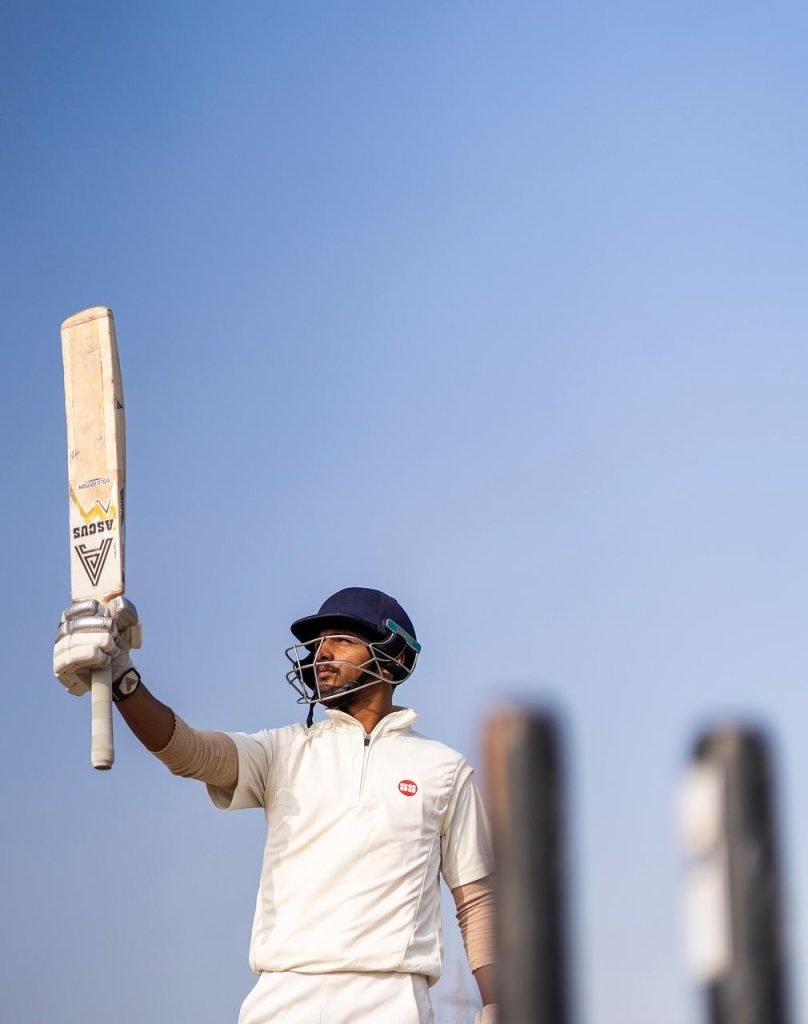As the intense battle between England and India unfolds in the 2025 2nd Test, cricket enthusiasts are not just riveted by the scores but also by the contrasting temperaments shining on the field. Former India coach sheds illuminating insight into the stark personality divide between two of Indian cricket’s brightest stars-Shubman Gill and Virat Kohli. Described metaphorically as the “North Pole” and “South Pole,” their differing natures reveal the unique qualities each brings to the team’s dynamic. This intriguing comparison offers a fresh perspective on how diverse mindsets contribute to India’s pursuit of excellence on the global stage.
Difference in Temperament and Approach Shaping Performance on the Field
On the cricket pitch, temperament can be as crucial as technique, and this distinction is starkly evident when comparing Shubman Gill and Virat Kohli. According to the ex-India coach, Kohli’s fiery disposition is like the blazing sun at the North Pole-intense, relentless, and often intimidating to opponents. His aggressive approach fuels his leadership and inspires teammates but occasionally risks momentary lapses in concentration. In contrast, Gill embodies the calm, steady chill of the South Pole, where patience and meticulous calculation prevail. His understated demeanor lends itself to a measured, resilient gameplay, allowing him to absorb pressure and outlast the storm through unwavering focus.
- Virat Kohli: Passion-driven, high-intensity, instinctive decision maker
- Shubman Gill: Composed, strategic thinker, prioritizes consistency
This contrast isn’t merely personality-driven; it reflects divergent cricketing philosophies that shape their performance on the field. Kohli’s natural leadership thrives on momentum shifts and emotional energy, which can galvanize the team during critical moments. Conversely, Gill’s approach is about building innings brick by brick, embodying patience and resilience-qualities essential for Test cricket’s enduring challenges. As the India-England Test unfolds, these polar temperaments become a fascinating study in how individual nature directs style, strategy, and ultimately, impact on the game.
Strategic Adaptability Under Pressure Insights from the 2025 England India Test Series
Adaptability under pressure emerged as a defining theme in the 2nd Test of the 2025 England vs India series, brilliantly exemplified by contrasting personalities on the crease. The ex-India coach vividly captured this dynamic, likening Shubman Gill and Virat Kohli to the “North Pole” and the “South Pole” respectively – two poles distinct in temperament but equally essential for the team’s balance. While Kohli’s fiery resilience and aggressive instinct often serve as the emotional pulse of the Indian lineup, Gill’s calm, composed nature manifests as a steadying force, absorbing pressure without allowing cracks to form. This duality unlocked layers of strategic adaptability rarely seen in Tests where raw talent meets mental fortitude.
What set these two apart was not just their technical ability but their approach to fluctuating match situations. The coach pointed to several key traits that revealed their strategic mindset:
- Virat Kohli: Aggressive risk-taker; thrives on momentum swings; uses body language and shot selection to unsettle bowlers.
- Shubman Gill: Patient accumulator; plays the conditions and adapts by reshaping his innings tempo; reflects an inner calm that diffuses pressure.
- Complementary strengths: Together they encapsulate a spectrum of psychological approaches, enabling India to pivot their tactics fluidly based on match context.
Leadership Styles Impacting Team Dynamics and Player Growth
Leadership in cricket transcends tactical commands; it shapes the very heartbeat of a team’s spirit and growth trajectory. In examining the contrasting personas of Shubman Gill and Virat Kohli, the erstwhile India coach brilliantly analogizes their natures to the “North Pole and South Pole.” This metaphor underscores how fundamentally different leadership styles can carve unique pathways for player development and team synergy. Where Virat’s fiery, relentless drive ignites passion and sets uncompromising standards, Shubman’s calm and composed demeanor fosters an atmosphere of steady resilience and learning. These varied approaches not only influence individual mindsets but also ripple through team dynamics, affecting communication, morale, and collective performance in nuanced ways.
Understanding these divergent styles is crucial for any coach or captain aiming to harness the best of both worlds. The impact can be summarized as:
- Virat Kohli’s Leadership: Intense, energetic, and inspiring – propels teammates to push their limits and thrive under pressure.
- Shubman Gill’s Approach: Measured, serene, and strategic – nurtures patience, skill refinement, and adaptability within the squad.
Such diverse leadership dynamics cultivate a balanced team environment where passion meets prudence, ultimately accelerating player growth and fostering resilience amidst the unpredictable challenges of Test cricket. Recognizing these polar leadership energies provides invaluable insight into the subtle art of mentoring champions.
Tailored Coaching Recommendations to Harness Unique Strengths and Enhance Synergy
Crafting development pathways for two contrasting yet immensely talented players requires an approach as nuanced as their personalities on the field. Shubman Gill’s calm and measured demeanor contrasts sharply with Virat Kohli’s intense, fiery leadership style – a dynamic best described by the ex-India coach as akin to the “North Pole and South Pole.” Recognizing these differences, personalized coaching strategies must focus on amplifying their core strengths rather than molding them into a single archetype. For Gill, this means nurturing his innate composure and technical finesse to build innings with quiet consistency, while for Kohli, harnessing his aggression becomes crucial to channel it into inspiring team energy and clutch performances.
To truly elevate team synergy, coaches should integrate:
- Individualized feedback loops that respect their temperaments and encourage self-reflection.
- Situational drills tailored to exploit their contrasting strengths during high-pressure moments.
- Strength-based leadership roles, allowing each to complement the other on and off the field.
This calibrated approach not only fosters mutual respect but also turns diversity in temperament into a strategic advantage-transforming polarity into powerful synergy that can inspire and drive the team forward.
As the epic saga of England versus India unfolds on the 2025 Test battlefield, the nuanced contrasts between Shubman Gill and Virat Kohli emerge as compelling narratives in their own right-echoing the vast differences between the North Pole and South Pole. Where Kohli’s fiery passion burns with relentless intensity, Gill’s composed demeanor offers a cool, calculated resilience. This dynamic interplay not only enriches Team India’s tactical arsenal but also promises to shape the future contours of international cricket. In the ever-evolving landscape of the sport, understanding these distinct temperaments is key to appreciating the artistry behind every stroke and strategy on the field. As the series progresses, fans and critics alike will watch keenly, knowing that it’s this blend of contrasting spirits that keeps the game as thrilling and unpredictable as the polar extremes themselves.


